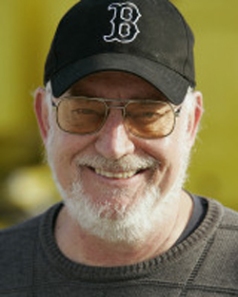As I wrote at the start of last week’s blog, Texas A&M taught everyone a lesson in preparation, planning and hard work at this year’s Formula Hybrid International Competition at New Hampshire Motor Speedway.
Texas A&M’s team was better prepared than any of their rivals and won convincingly. The team’s faculty advisor, Dr. Make McDermott, believes Texas A&M benefitted from taking a conservative approach.
“I think it was because of the design process that we used,” McDermott observed. “A lot of people are looking at the Formula Hybrid competition as a research activity. They’re trying to come up with a lot of high-tech stuff and their criteria for making decisions early in the design process is based entirely on performance. Our early decision criteria are based on performance, cost and schedule. We throw out a lot of high-tech ideas because we decide we can’t get them done on the schedule we’ve got.” Continue reading ’10. How Texas A&M won this year’s Formula Hybrid competition’





